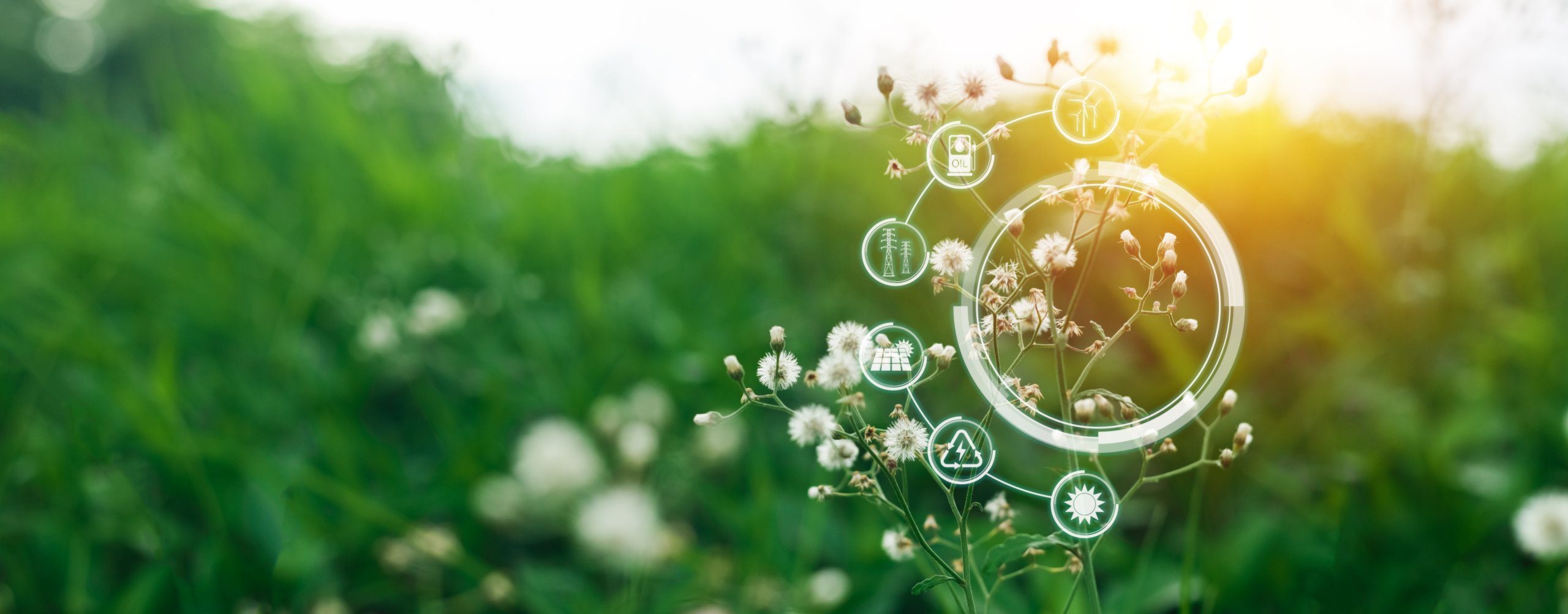Challenges to overcome to achieve a sustainable circular bioeconomy
 Challenges to overcome to achieve a sustainable circular bioeconomy
Challenges to overcome to achieve a sustainable circular bioeconomy
The circular bioeconomy is an approach to economic growth that centers on the use and management of biomass. This could potentially revolutionize the global economy, which currently relies heavily on non-renewable resources and fossil fuels and help tackle the three main global issues: providing clean water, making energy available, and controlling climate change. Researchers, politicians, decision-makers, and stakeholders must identify the difficulties that are needed to be overcome so that they can recognize its real-world applications and bring this plan to fruition, to make it more than just a popular idea. This article examines the challenges and suggests potential research paths for scholars to investigate.
The Circular Bioeconomy Perspective
Since the turn of the century, two different views of bioeconomy have become evident. New technologies for biomass utilization will allow for large feedstock supplies that will be used in bioprocesses and biofuels, leading to the shift from fossil fuels to biomass. This was likely due to predictions of fossil fuel supplies that are exhausted, their increasing costs, and commitments made in the Paris Agreement to combat climate change.
The second point of view accentuates a knowledge-based circular bioeconomy. It encourages the current advancements resulting from the most recent advances in chemistry, mechanics, systems engineering, life sciences, and information technologies (for example, more advantageous synthetic products, new recyclable materials, digitalization, and propelled assembling). This view is the one that has started to command as of late.
Competition between different biomass applications
Many scientists have devoted their attention to the competition between biomass for energy generation, food, and feed production. Population growth and enhanced living standards are occurring with a higher demand for food and energy. New technologies for biomass utilization will allow for large feedstock supplies that will be used in bioprocesses and biofuels, and will lead to the shift from fossil fuels to biomass. Moreover, the cultivation of biomass for multiple markets might cause a change in the availability of land for food, biomaterial, or bioenergy production.
Increasing biomass production and sustainability challenges
We can meet the increase in demand for biomass by either improving productivity with higher yields per hectare or by expanding the land area exploited. Higher resource inputs, such as water, pesticide, fertilizer, and increased mechanization, are often necessary to improve productivity. However, this leads to negative consequences such as soil degradation, water and air pollution, and harm to biodiversity.
On the other hand, expanding farmland and exploited forests have detrimental effects on undisturbed natural areas, damaging biodiversity and carbon storage. Agricultural and forest activities greatly influence components like soil quality, water purity, air quality, and the appeal of the landscape. In order to make sustainable bio-based products, it is essential to preserve natural ecosystems, biodiversity, soil fertility, and water cleanliness. Besides supplying food, fabrics, and fuels, healthy ecosystems clean the air and generate oxygen, manage water levels, protect against floods, control global temperatures, and function as the power source for nutrient cycles, which encourages biodiversity.
However, it is difficult to balance environmental concerns while increasing terrestrial biomass production. Importing biomass is an alternate option for countries, for eg., Europe’s reliance on biomass sourced outside the EU has grown by 22% over the past 15 years. However, this is a localized solution and the problem of global overexploitation of forest reserves would still remain.
Using a circular bioeconomy can help reduce some of the environmental repercussions of using resources. We need to develop a more comprehensive system that takes into account social, financial, and environmental factors. A holistic circular approach could help address the issues that have arisen due to the increasing need for biomass growth in the circular bioeconomy which would relieve the competition between different biomass applications, enhance sustainable yield, and diminish the environmental effects of biomass production on ecosystems.
Future Research Directions | Circular Bioeconomy
Supporters of the bioeconomy paradigm claim that it has innate sustainability. They base their argument on analyzing some particular bio-based raw materials or on some of the physical and environmental benefits of biomass use. We need to take into account many more considerations to establish a sustainable circular bioeconomy, as we have discussed.
Biorefinery plants can efficiently produce a variety of bio-based raw materials. In particular, second-generation bio-based feedstock contributes significantly to the bioeconomy. 3D printing with bio-based and biodegradable materials is one important research direction to support a circular bioeconomy.
Multipurpose crops, such as hemp, can increase the efficiency of land use and biomass production. However, soil depletion is a potential consequence of increasing economic use of crop and tree residues. We could conduct research to mitigate the negative consequences.
Biowaste treatment is another important strategy. Every year, the EU wastes 88 million tonnes of food. Combining anaerobic digestion and composting improves the performance of both processes. However, the cost of separating plastics or other contaminants from the composting or digestion of biowaste is quite high. We could conduct research to reduce this waste.
We need to more closely connect the strategies and regulations related to the bioeconomy and the circular economy. Aspects like product and infrastructure design for a circular bioeconomy and collaboration. We should also focus on all players along the value chain.






Leave a Comment